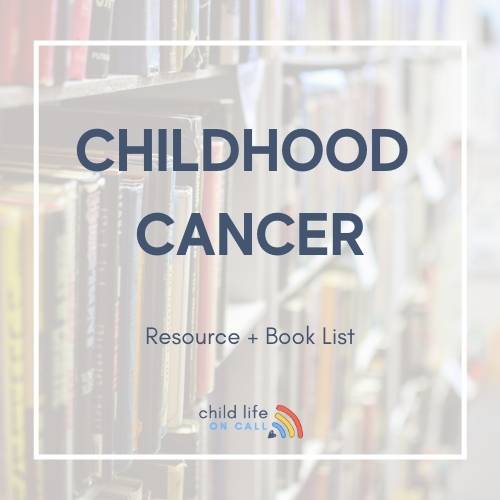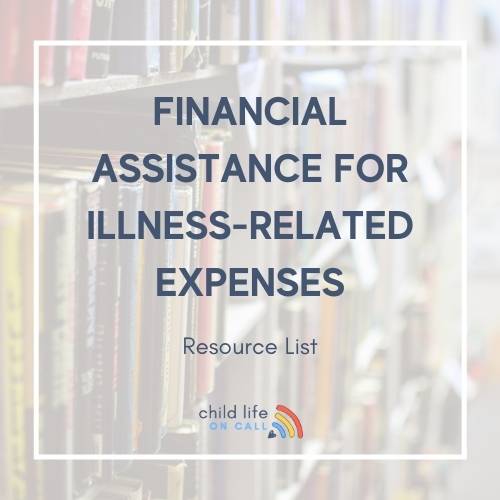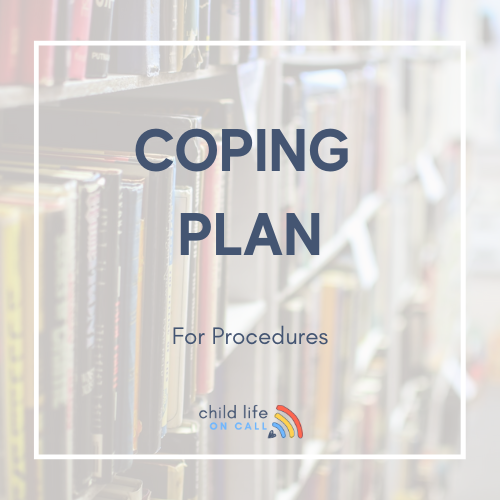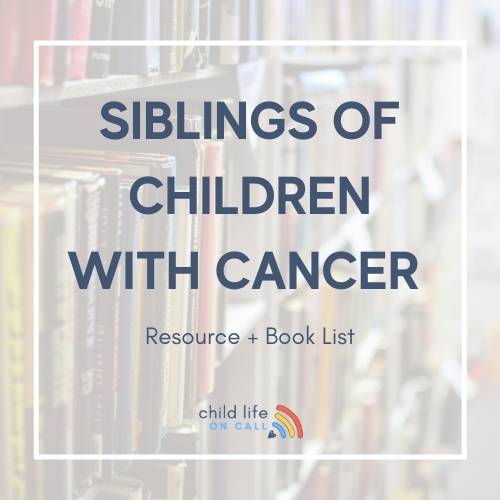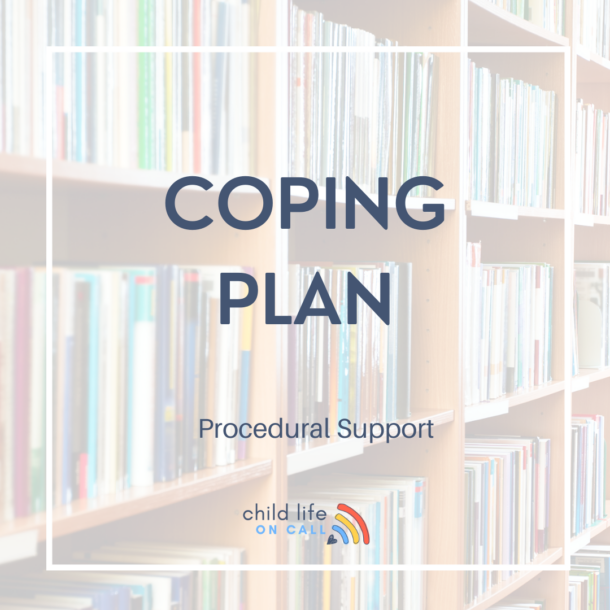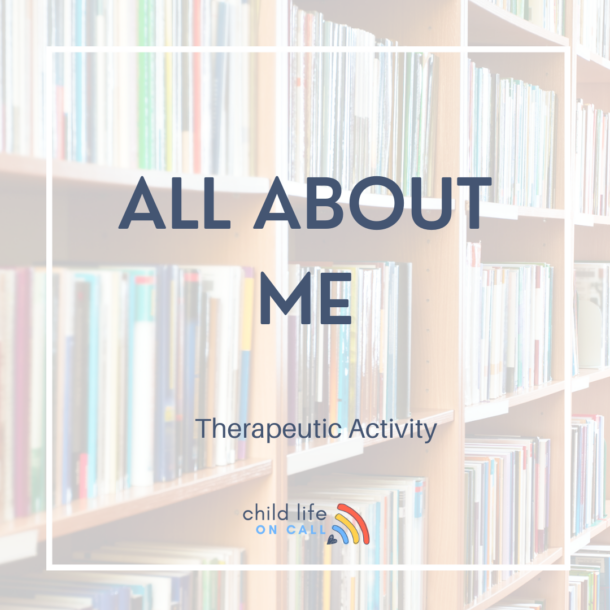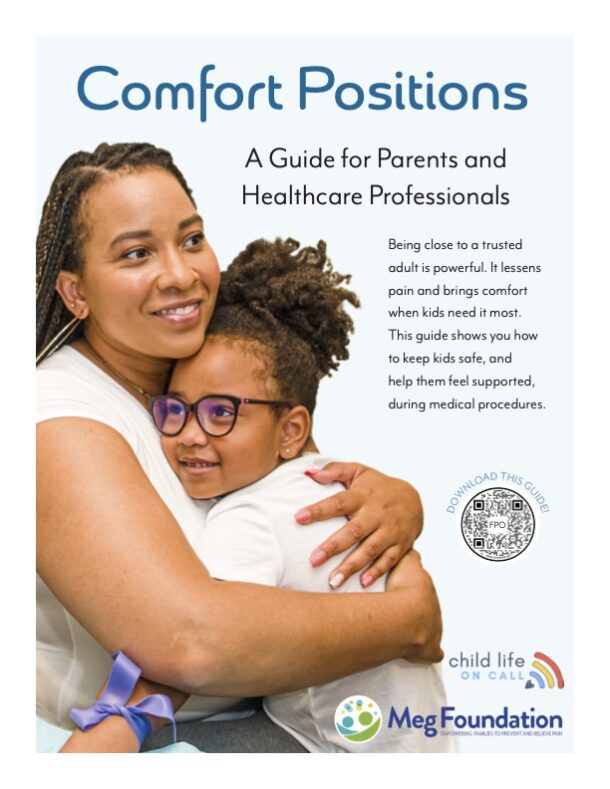When we become parents or choose to work with children as a profession, we often think about the most rewarding parts: hearing a child’s laughter, being a trusted adult in their life and offering joy whenever possible.
However, the “trusted adult” side of supporting children means that we have to navigate difficult and uncomfortable conversations at times. I know this all too well, having worked in healthcare both at the beginning and end of life with families.
One of the hardest conversations to have, even as adults, is when we discuss death and dying. As adults, we often want to protect the innocence of a child and try to shield them from the pain of losing a loved one. This is completely understandable.
So, while this is often a well-meaning gesture, it can be confusing for a child that is experiencing a loss. Children are trying to navigate what they see and feel, and when the adult’s words don’t match up, it leads to more confusion.
This typically happens when information is kept from them and conversations happen around the child but do not include the child. In order to cope with what they are experiencing in their world, loss, the child can be validated and included in some of the details around loss. For parents and professionals, assessing a child’s age and development, and temperament can help direct how to have these difficult conversations.
The most common concerns that children may think or feel around death or dying are:
- Did I cause this to happen?
- Can it happen to me?
- Is death permanent?
- Who will take care of me?
- What part of my life will change?
Before diving into the conversation, addressing these specific concerns and questions can help guide the conversation.
Here are some tactics to consider when starting the conversation:
- If possible, the conversation should be introduced by someone that the child trusts, or in the presence of people they trust.
- Start the conversation with an open-ended question like, “Can you tell me what you know so far about _____’s death?” It can be helpful to ask a child what they think is happening to get a better understanding of their thinking.
- Break down how death occurred in the simplest, most honest way possible. Think about discussing body systems in a permanent way: The body stopped working. Their brain can’t think anymore, their heart isn’t beating, their lungs can’t breathe.
- Remember that death and dying are not bad words. Using other terms like “passed away” or “going to sleep” can be confusing for children. Look for cues that the child is not interested in having the conversation at this time and validate that. “I can see you’d rather be playing video games than talking about this, which is okay with me. We can talk about this any time you want to.”
- End the conversation with something that feels familiar and comforting to the child. Go for a family walk, draw a picture or write a letter that reinforces the family system.
For your reference, here are the three main components of explaining death and dying to children (Rollins et al., 2017):
- Irreversibility: death is permanent, something that has died will not come alive again
- Non-functionality: all bodily functions have stopped (the heart stops beating, the brain stops thinking)
- Universality: all living things eventually die
Children slowly begin to understand these concepts as they develop their cognitive abilities. By focusing on these components and providing clear information, the child will have fewer misconceptions and fears. The typical age for understanding all three components is 6-7 years.
Ages and Stages for Understanding Death and Dying
(Basak et al., 2019; Rollins et al., 2017)
Newborn to 3 years
- Children in this age do not comprehend death but they are aware of the change in the house, family roles, and behaviors of those around them. Children may have disrupted eating and sleeping patterns, be irritable, or cling to their caregivers. When talking about death and dying around children of this age, it is important to use the words death, dying, dead and avoid other phrases which can be confusing. Simply explain what happens physiological after death such as the person will no longer feel, no longer be hungry or cold.
3 to 5 years
- Children in this age believe the person will return and they do not yet understand irreversibility. Children can feel unsure or like they are responsible in some way due to their active imaginations. It is natural for children to withdraw or go backwards in their development during this time of intense change for the family. When talking with the child, be factual, honest by offering comparisons of being well versus unwell, avoid theories, be consistent and persistent as children of this age often have many questions and misconceptions to be explored.
6 to 9 years
- Children are understanding the three components of death and are able to grasp the situation better. While their understanding is improved, a child may still have unsure feelings and feel like death happens to others, not them and have superstitions about death. Children could also have difficulty expressing their feelings and experience worries about other people around them dying. When talking to this child, look for questions in their questions such as a child who repeatedly asks if his uncle was killed is asking if his uncle died as they do not see being killed and being dead as being linked. Ask the child questions to see what their understanding is and encourage them to try to answer their own questions using what they know.
9 to 12 years
- A child is understanding that death is final at this stage and could develop personal fears of death. They are often curious and concerned with lifestyle matters of the person who has died. These children may try to be tough or funny but also demonstrate sadness and anger. These children benefit from detail about the death and the bodily functions impacted. Asking questions about their thoughts and feelings encourage the child to share. Children in this stage can begin to use spiritual tools as coping and this should be encouraged while answering questions about the afterlife and being honest that we don’t really know but what the family believes.
13+
- Adolescents have a more adult understanding of death and more skills to deal with it. However, their ability to cope is largely based on past experiences and overall development. Adolescents tend to be thrill- seekers and their coping can be reflected by this by their engagement in risky behaviors and pushing limits. Teens are focused on the present and may not see the future impact of death. They are also developing their own beliefs about the afterlife and philosophies. When talking with teens, treat them like adults by providing all information, being respectful, and open. Adults are role models for coping for all children but especially for teens in dealing with death. By role modeling while allowing the teen to make their own choices, you are encouraging their own participation in coping and the aftermath of the death.
While we want to protect children from the harsh reality of the world, we also have a duty to equip them to handle hard things. By following what a child understands developmentally, we can effectively talk to children about death in a way that is not scary or stigmatized. Children are smart and pick up on changes around them. Leaving a child alone to explore death can lead to fears, worries, and misconceptions. By engaging in an age appropriate conversation, you can break stigma’s surrounding death and give the child the tools and a safe place to deal with their feelings.
Listen to these episodes about how to talk to kids about death and dying:
We highly recommend these child life resources:
Basak, R. B., Momaya, R., Guo, J., & Rathi, P. (2019). Role of child life specialists in pediatric palliative care. Journal of Pain and Symptom Management, 58(4), 735-737.
Rollins, J. A., Bolig, R., & Mahan, C. C. (2017). Meeting children’s needs psychosocial needs across the healthcare continuum. Pro-ed: Austin, TX.
Thompson, R. (2018). The Handbook of Child Life: A guide for pediatric psychosocial care. Thomas Books: Springfield, IL.

